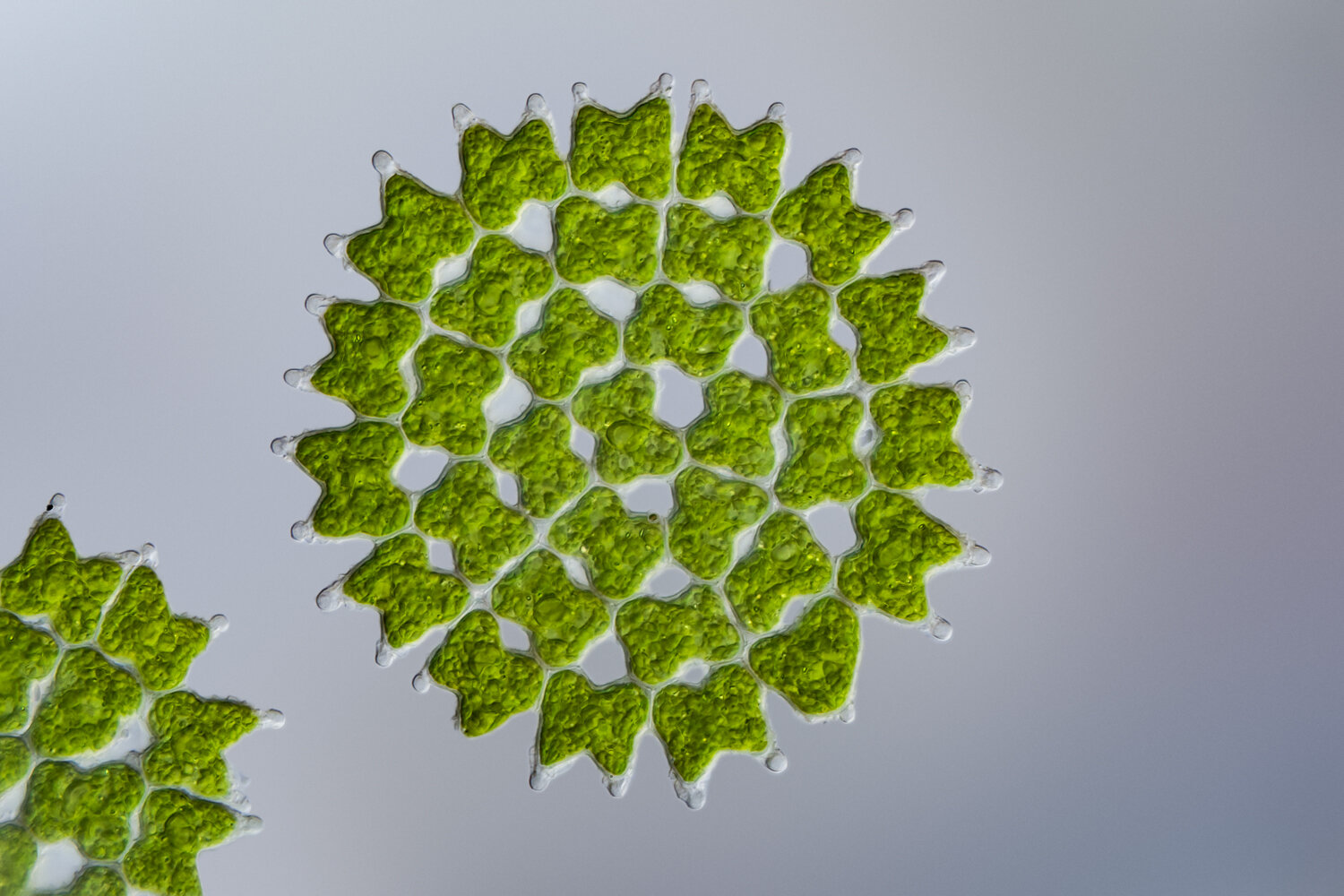A majority of the pond samples I collect come from parks at the royal Drottningholm Palace in Stockholm. The Drottningholm Palace is the private residence of the Swedish royal family and holds many stories to be told.
Drottningholm Royal Castle as seen from my favourite walking trail close to my home.
Carl Linnaeus (1707-1778) was a Swedish botanist, zoologist, and physician who formalized binomial nomenclature, the modern system of naming organisms. He is known as the "father of modern taxonomy". In the summer of 1751, the queen of Sweden, Lovisa Ulrika invited Linnaeus to her residence at Drottningholm in Stockholm and commanded him to scientifically categorize the king’s nature collection. The collection was mainly zoological and was described as “a splendid cabinet of various animals preserved in alcohol, innumerable stuffed birds, and an unbelievable quantity of pinned insects and shells in little boxes”. It also contained several human embryos, including the fetus from a miscarriage of Lovisa Ulrika. In late 1700, the English Park was established where several ponds formed a central part of the park. It’s exciting to think that my samples were collected from the same parks where Linnaeus worked and perhaps collected specimens for the royal nature collection.
Park view
Plenty of microbes to collect from these ponds in the English Park at Drottningholm
Sampling from Mälaren using a plankton net just outside Drottningholm
Pediastrum - A green algae
Dinobryon - A golden algae
Copepod larvae








